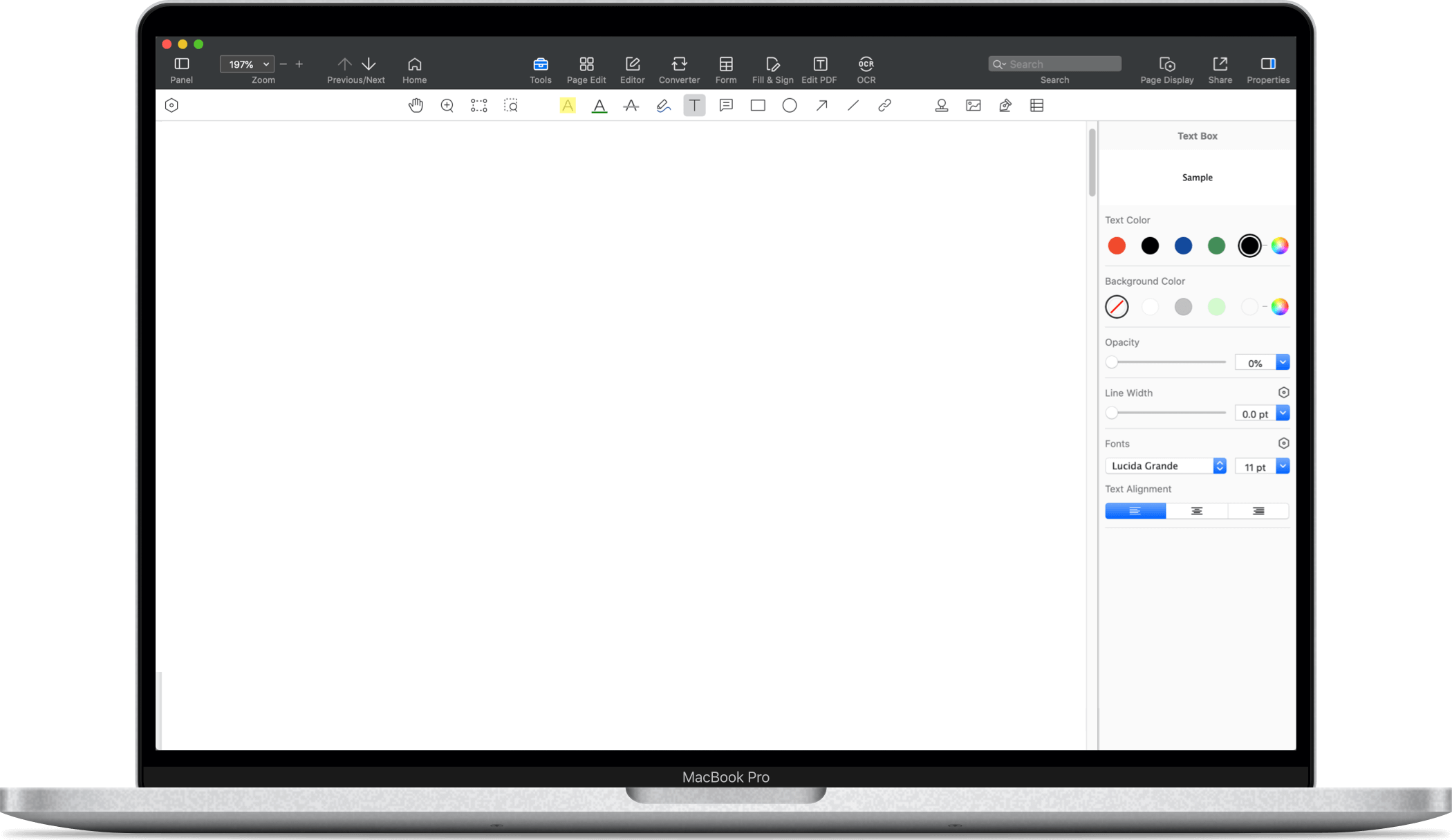
How to Track Your Expenses (Using Our Template)

Tracking your expenses is a crucial step towards gaining control of your finances.
If you’re saving for a major purchase or trying to eliminate debt, keeping tabs on your spending through bookkeeping is essential.
How to Track Your Expenses
Before you start tracking, gather all of your financial information in one place.
- Gather Your Financial Information
This includes your bank statements, credit card statements, bills, and receipts from recent purchases. The more data you have, the clearer your spending picture will be.
- Categorize Your Expenses
Breaking your expenses into categories helps you identify which areas of your spending may need adjustment. Divide your expenses into categories. Common categories include:
-
-
- Fixed Expenses: Rent or mortgage, utilities, loan payments.
- Variable Expenses: Groceries, entertainment, dining out, shopping.
- Savings & Investments: Retirement contributions, emergency fund, savings for large purchases.
- Debt Repayments: Credit card payments, student loans, personal loans.
- Miscellaneous Expenses: Any irregular or occasional costs, such as travel or home repairs.
-
- Use Our Expense Tracking Template
Our free expense tracking template makes it easy to input your daily, weekly, or monthly expenses and organize them into categories.
It’s designed to be user-friendly and accessible to everyone, whether you’re a beginner at budgeting or a seasoned pro.
- Input Your Expenses Regularly
The key to effective expense tracking is consistency. Update the template regularly—whether it’s daily, weekly, or at the end of each month. The more consistent you are, the more accurate your financial overview will be.
- Review and Adjust Your Budget
Once you’ve tracked your expenses for a few weeks or months, take a step back and analyze the data. Are there any categories where you’re consistently overspending? Do you notice areas where you could cut back? Adjust your budget accordingly, and set new spending limits if necessary.
- Set Financial Goals
Use the insights from your expense tracking to set realistic financial goals. Whether it’s paying off debt, building an emergency fund, or saving for a major purchase, knowing where your money is going can help you plan how to allocate your resources toward those goals.
How to Use Our Expense Tracking Template
Our expense tracking template is designed to simplify the process and make it as straightforward as possible. Here’s a step-by-step guide on how to use it effectively:
Step 1: Download the Template
Start by downloading the expense tracking template. You can convert it to Excel or edit our PDF by downloading the latest version of PDF Reader Pro for Mac or Windows.
Step 2: Customize Your Categories
In the template, you’ll find common expense categories such as:
- Housing
- Utilities
- Groceries
- Transportation
- Entertainment
- Savings
You can customize these categories to better fit your spending habits. For example, if you spend a lot on hobbies, add a “Hobbies” category to reflect that.
Step 3: Input Your Income
Before tracking your expenses, input your monthly income at the top of the template. This could include your salary, freelance work, side hustles, or any other source of income. Knowing your total income helps you set realistic spending limits.
Step 4: Record Your Expenses
Begin logging your expenses under the appropriate categories. Include the date, description (e.g., "grocery shopping," "gas"), and the amount spent. Each row represents a transaction, and the template will automatically calculate your total spending in each category.
Step 5: Monitor Your Spending
As you continue to input your expenses, the template will track your spending across all categories. You’ll be able to see which categories you’re spending the most in and where you might need to cut back.
Step 6: Analyze and Adjust
At the end of each month, review the totals for each category and compare them to your budget. If you notice that you’re consistently spending more than you earn, adjust your spending habits or reassess your budget.
Tips for Staying on Top of Your Expenses
Peruse our quick checklist to see what further tips you can use to stay one step ahead of your expenses.
- Use Technology
While paper tracking works for some, digital tools are often easier to manage. Use our digital template in Excel or Google Sheets, or explore apps that can automatically categorize and track your expenses by linking to your bank account.
- Review Regularly
Don’t wait until the end of the month to review your spending. Regularly reviewing your expenses allows you to make adjustments before things get out of hand.
- Set Spending Limits
Create spending caps for each category based on your income and savings goals. If you notice you’re nearing your limit in a specific category, adjust your spending accordingly.
- Involve Your Partner or Family
If you’re tracking household expenses, make sure everyone in the household is on the same page. Involve your partner or family in budgeting discussions to ensure a team approach to managing finances.
- Be Honest and Realistic
It’s tempting to underestimate how much you spend in certain areas, but being honest with yourself is crucial for successful budgeting. Realistic numbers give you the best chance of creating a workable budget.
Tracking your expenses is one of the best ways to take control of your finances. By understanding where your money goes and making informed adjustments, you can improve your financial health, reduce debt, and achieve your savings goals.







 Free Download
Free Download  Free Download
Free Download 
